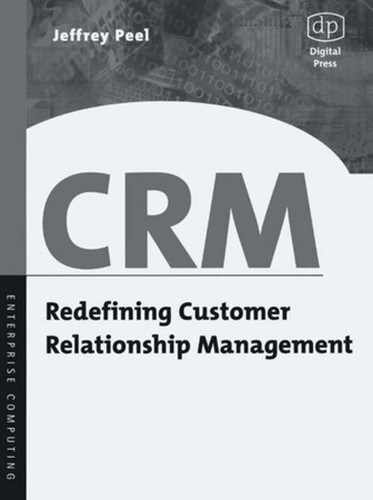
156 10.2 The chum debate
10.2
I'd like to structure this chapter by looking at the research process from a
number of different perspectives: brand equity, defining a method of measur-
ing customer lifetime value, making brand metrics fit for purpose, identifying
service gaps and taking remedial action, and defining an appropriate role for
analytics.
This may appear to be an odd ordering of things (although what follows is
not strictly in that order). One reason is because it is impossible to determine
what is important from a monitoring and control point of view if we do not
fully understand what it is we are trying to achieve in terms of brand. I intro-
duced the concept of brand adherence earlier and to some extent we need to
look for research techniques that attempt to measure adherence or loyalty in
some manner. These techniques may prove to be useful in defining scoring
metrics.
Another difficulty we have, however, is that many research techniques
~and this is particularly the case in brand research~have been defined for
certain types of businesses. Brand measurement emanated from the packaged
goods industry. However, measuring brand adherence for a bank brand is a
very different proposition. Decision-making processes are very different. I can
easily switch between brands when shopping at the supermarket, and the
decision-making "theater" presents itself often. However, in terms of my main
retail banking relationship, the decision-making theater presents itself only
infrequently (depending, of course, on the nature of the relationship with my
incumbent bank).
However, understanding the nature of decision-making, brand switching
scenarios, and how they present themselves to customers is, in itself, a useful
discipline.
The churn debate
In Chapter 7 1 introduced the concept of best-practice CRM working at the
level of ensuring that churn was unacceptable. I discussed the idea of qualita-
tive metrics being used rather than quantitative to determine the success or
failure of direct marketing, for example. Therefore, brand equity needs to
operate at this qualitative or emotional level as well. Brand equity measures
that attempt to make assertions about the brand based simply on share of
shopping baskets or on the basis of aggregated attitudinal scores are funda-
mentally flawed.
..................Content has been hidden....................
You can't read the all page of ebook, please click here login for view all page.
